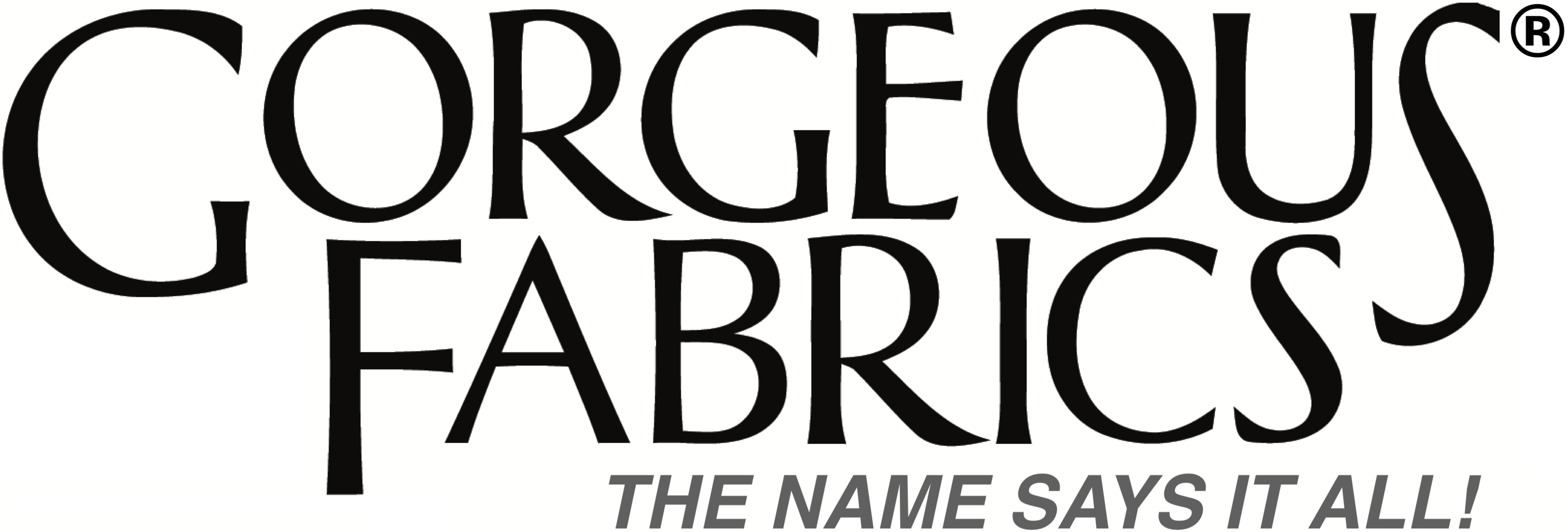A while back, I talked with a student about a jacket she was making. As you know, jackets and coats are my favorite garments to make. She asked me where I had gotten the sleeve heads that I use (hint, Susan Khalje), and mentioned that she wanted to balance out some hollowness in her upper chest. She said, "So I want a sleeve head to put in between my shoulder and the top of my bust."
I replied, "Well, actually that's what a chest shield is for." There was silence on the other end of the line, then she asked, "What's a chest shield?"
Okay class, let's talk about the differences and uses of chest shields and sleeve heads, shall we? This is a long one, so settle in.
Q: Ann, what is a chest shield?
A: I'm so glad you asked! A chest shield is a layer (or layers) of interfacing that gives body to the upper chest area of a garment. A chest shield is generally cut in the same shape as the upper chest part of the pattern. It can be a single layer of interfacing, or, if there is a pronounced hollow above the breast area, you can pad it with batting or several layers of interfacing. Chest shields are quite common in men's jackets, and they are de rigeur in bespoke tailoring and couture tailleur garments. You rarely see them in women's ready to wear.
Q: What's the difference between that and a sleeve head?
A: Another excellent question! A sleeve head is a rectangular strip of batting, usually backed with a bias strip of interfacing. It gives support to the sleeve at the shoulder. You do see sleeve heads in better women's ready to wear.




Q: Where Do Sleeve Heads Come In?
A: Another excellent question. Let's go back to the conversation that started this blog post. Here's a pair of sleeve heads in their natural state

Sure, you can use those to fill out hollow areas in the upper chest. But... look what happens when you do:

Also, sleeve heads are a lot more expensive than two small pieces of interfacing, so I stick with the chest shield.
Now, let's talk about sleeve heads. Sleeve heads are inserted into the sleeve at the shoulder seam to support the sleeve cap and control the fall of the fabric down the arm. Here's the jacket mock-up with sleeve attached, but no supporting understructure:

The arrows point to where the fabric collapses at the top of the sleeve. A sleeve head will eliminate that. To insert the sleeve head, sew the finished long edge just inside the seam allowance, with the raw edge facing out into the sleeve. You don't need to worry about finishing that raw edge. It will be covered and protected by the lining of your garment. I generally attach the sleeve head starting at the front sleeve notch and ending at the back sleeve notch. Because the backing is cut on the bias, it will curve nicely around your armscye.

In a real garment I use shorter stitches, but I don't use much tension. I also trim the excess length from the sleeve head (I'm not doing that here because this is just an example and I'll use those sleeve heads in a real jacket or coat at some later point).
Here you can see how the chest shield and the sleeve head relate to each other on the inside of the garment:
Here's how they look from the outside:

Last but not least: the before, during and after.

I hope that gives you a little help in your coat-/jacket-making journey. Now of course, I have to do the plug. Have you seen the FABULOUS wool fabrics I have in stock? You must check them out - they are perfect for jackets and coats, and much more! So get your bad self over there, pick up some amazing wool fabrics and make yourself something spectacular using the fabric and this tip!
Click Here to Shop Wool Fabrics
And of course, Happy Sewing!Ann



